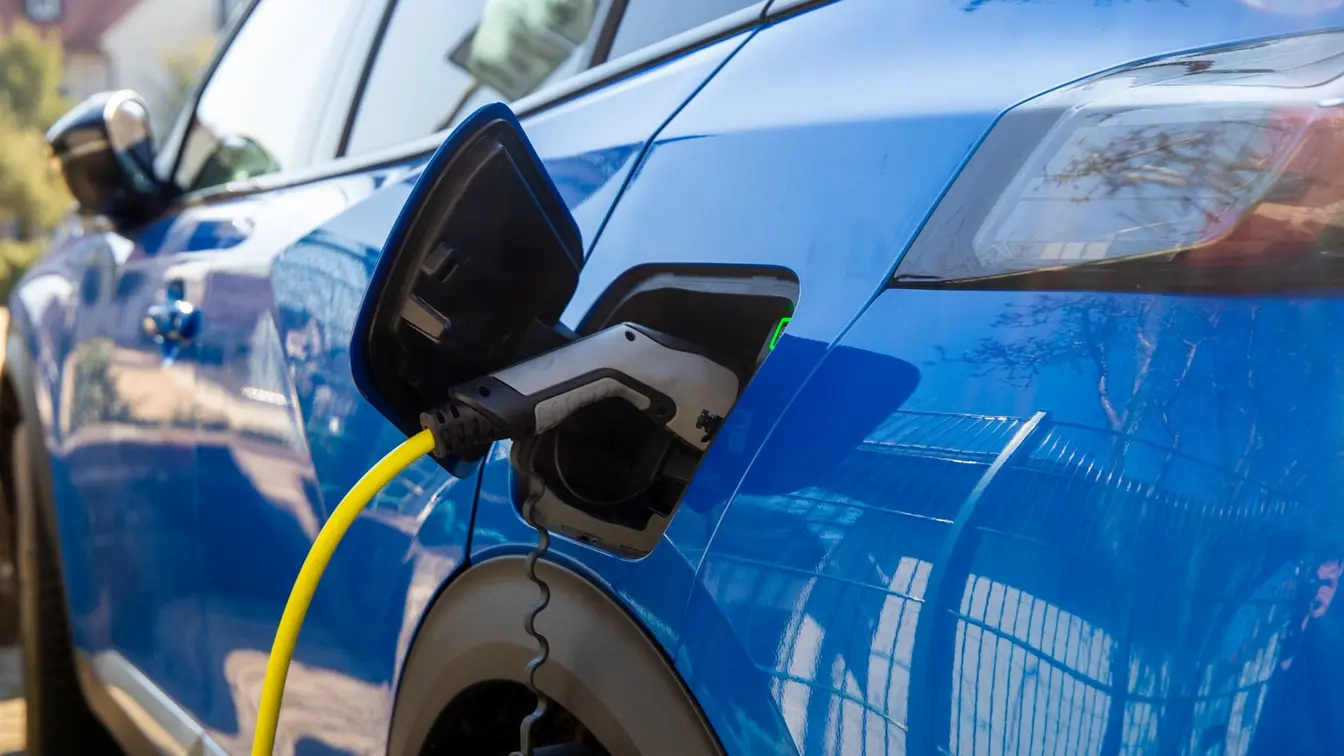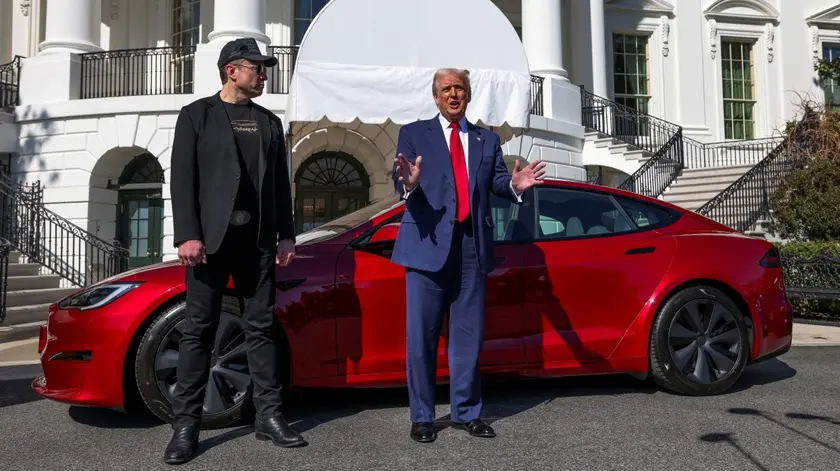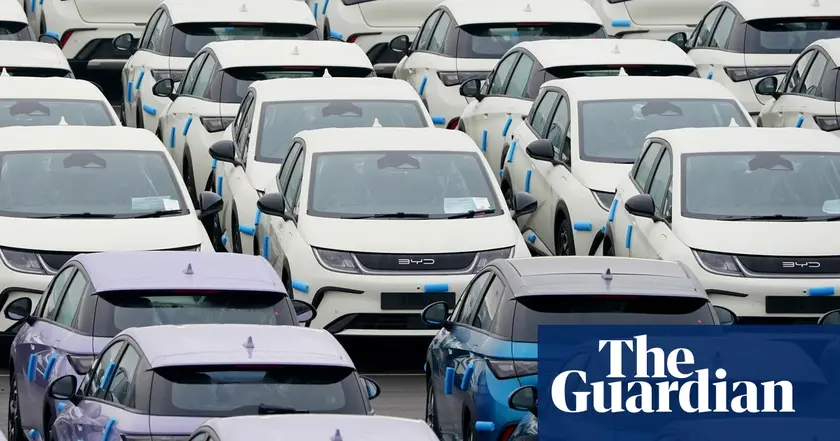T4K3.news
Retirement gains from electric cars
Switching to an electric vehicle can cut costs for retirees, but incentives and charging options shape the payoff.

Switching to an electric vehicle can cut costs and simplify aging finances, but incentives and charging options shape the payoff.
Retirement Gains From Electric Cars
Gas prices have fluctuated around 3 to 3.50 dollars per gallon, making budgeting hard. Over 15 years, the National Renewable Energy Laboratory estimates EV owners can save up to 14500 in fuel costs, depending on where they live and how much they drive.
Public charging is expanding fast. Globally, the number of charging stations has doubled since 2022 to 5 million, and the U.S. network grew 20 percent in 2024. Depending on the model, a single charge can last between 248 and 372 miles. Battery life is improving too, often lasting 12 to 15 years in moderate climates and eight to 12 years in harsher ones.
Maintenance costs are lower with EVs because there are fewer oil changes and air filter replacements. AAA says EV owners who follow the maker’s recommendations can save about 330 a year on maintenance. Regenerative braking also reduces wear on brakes, cutting costs further.
Safety records are strong. The Insurance Institute for Highway Safety says EVs are as safe as or safer than gas cars and much less likely to catch fire. If a battery does burn, EVs are far less prone to explosions than gasoline fires. Emissions over a vehicle’s lifetime are about 73 percent lower for EVs, according to the International Council on Clean Transportation.
Riding in a quiet EV feels different. Retirees often prefer a smooth, comfortable ride, and EVs deliver that with fewer engine vibrations. Government incentives can lower the up-front price, with new EV credits up to 7500 and used EV credits up to 4000, plus up to 1000 for home charging equipment, though the credits are set to expire at the end of September.
Key Takeaways
"EVs save up to 14,500 in fuel costs over 15 years"
Cited National Renewable Energy Laboratory estimates
"EVs are safer and less likely to burst into flames"
Insurance Institute for Highway Safety notes safety parity or superiority
"Global charging networks have doubled since 2022"
Infrastructure growth noted in the article
"Policy incentives influence the long term value of ownership"
Tax credits affect total cost for retirees
The article makes a practical case for EVs by showing long-term savings and growing charging networks. Yet the real world for retirees depends on policy stability and local costs. If credits disappear or shrink, the economics shift quickly, especially for older models or if driving needs vary by season.
Beyond the numbers, the piece hints at a broader shift: mobility is becoming less about speed and more about predictable costs and reliability. Charging access, grid readiness, and maintenance habits will determine how easily retirees can translate promised savings into real peace of mind.
Highlights
- A quiet ride changes the daily experience
- Lower fuel bills make budgeting easier in retirement
- Policy credits can tilt the long term value
- Safety and lower fire risk matter more than speed
Budget and policy risk to EV savings
The article relies on tax credits and policy incentives that may change, which could alter the financial benefits advertised for retirees.
The retirement map for mobility keeps changing as policy and technology evolve.
Enjoyed this? Let your friends know!
Related News

Tesla stock falls sharply amid Musk's political statements

Tesla's UK sales drop nearly 60 percent

UK reintroduces EV grant for affordable electric cars

GWM cuts Ora 03 price to £21,245

Tesla reports declines in revenue and profit

Tesla faces backlash from early supporters in India

Edd Straw reveals Hungarian Grand Prix driver rankings

Elon Musk awarded shares worth $29 billion
